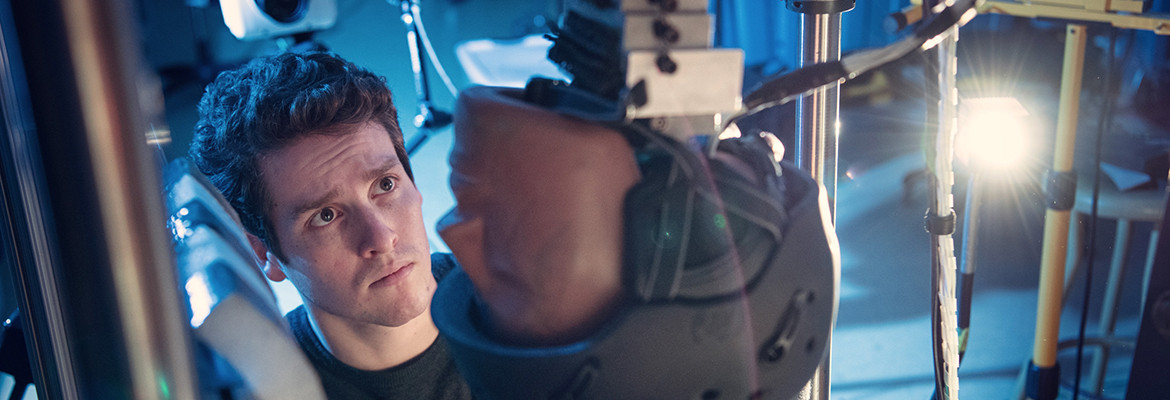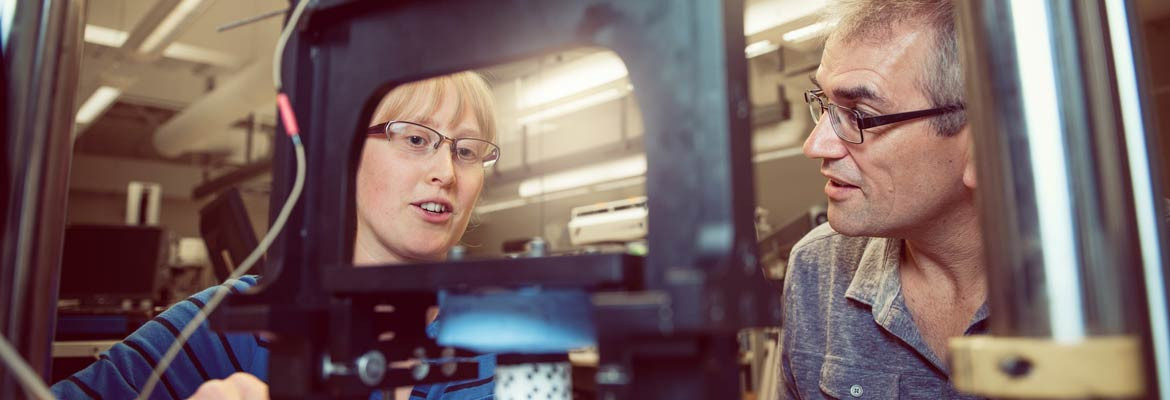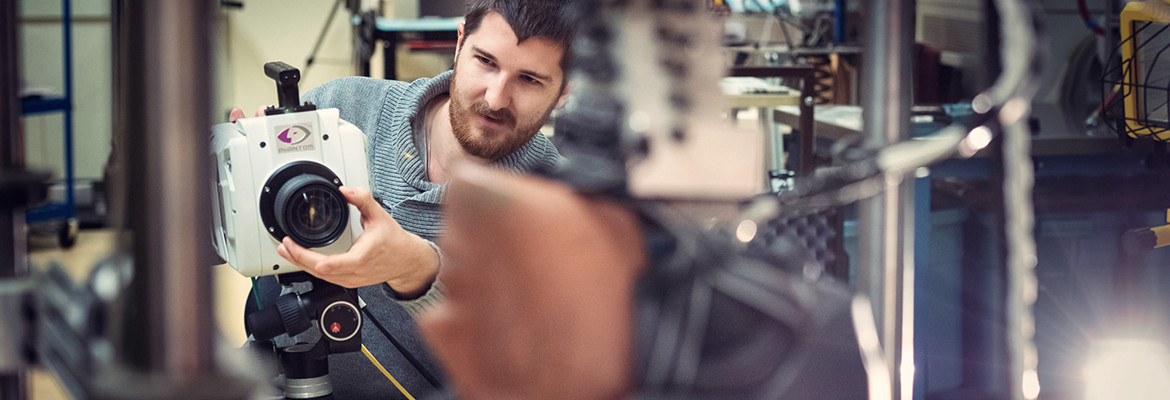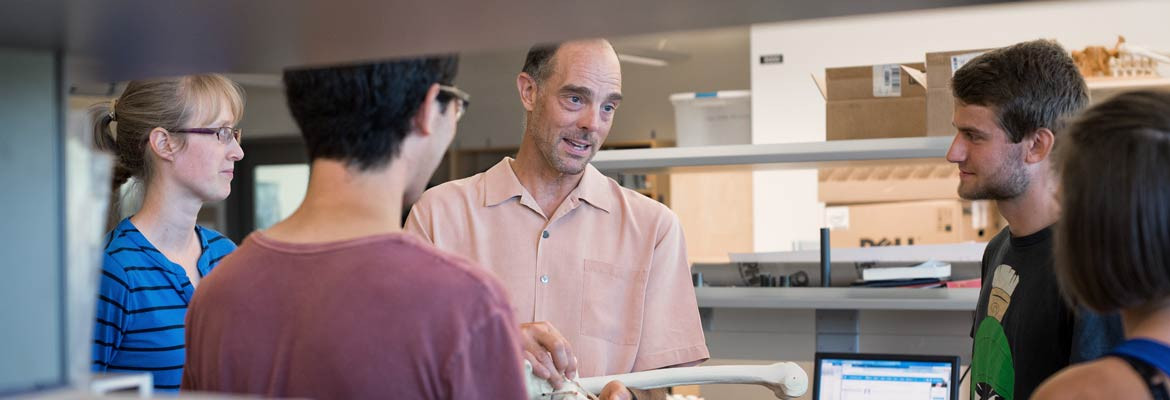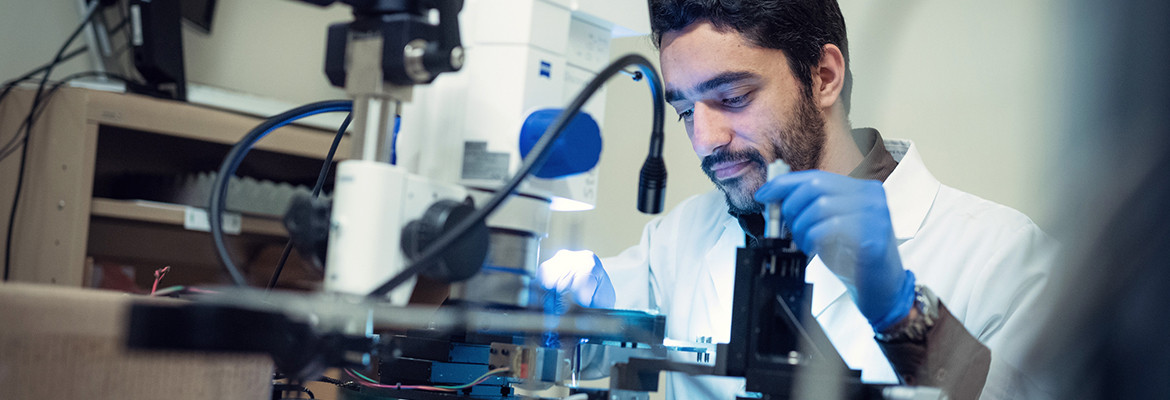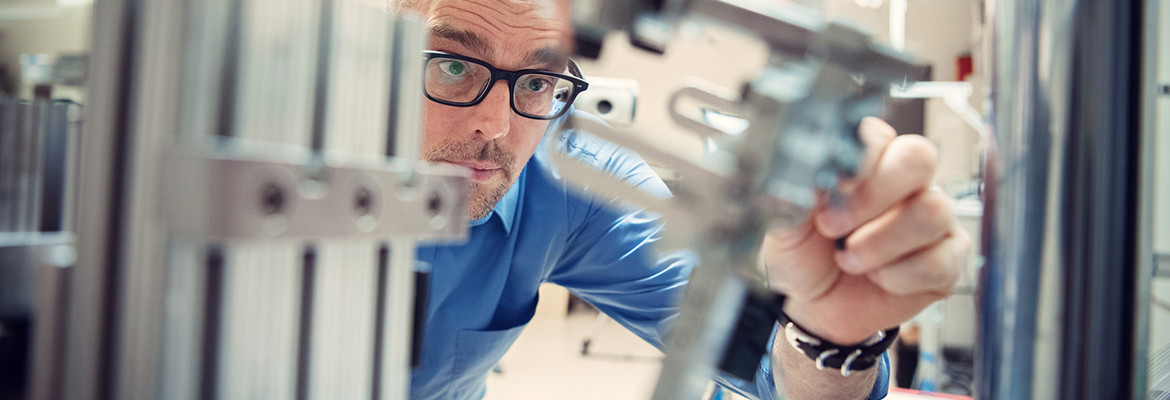Welcome to the home page for the Orthopaedic and Injury Biomechanics Group at the University of British Columbia.
Mission
In the UBC Orthopaedic and Injury Biomechanics Group, we are dedicated to reducing the impact of human injury and orthopaedic problems through high quality, high impact and highly ethical research and to fostering a world-class graduate research and educational environment.
Motivation
Musculoskeletal diseases and injuries are among the most common medical conditions in our society with a substantial influence on quality of life and individual and societal economics. They are the most common causes of severe long term pain and physical disability, affecting hundreds of millions of people worldwide. For example:
- Joint diseases account for half of all chronic conditions in persons aged 65 and over;
- Back pain is the second leading cause of sick leave;
- Fractures related to osteoporosis have almost doubled in number in the last decade and it is estimated that 40% of all women over 50 years of age will suffer from an osteoporotic fracture;
- The severe injuries caused by traffic accidents and military confrontation produce a tremendous demand for preventive and restorative help. It is estimated that 25% of health expenditure of developing countries is spent on trauma-related care presently;
- According to Health Canada, unintentional injury is the leading cause of death for Canadians between ages 1 and 34 years old and it is a leading cause of death, hospitalisation and disability world-wide;
- The World Health Organization predicts that unintentional injuries arising from Road traffic incidents will rise to take third place in the rank order of international disease burden by the year 2030;
- By a young age, nearly everyone in the world, regardless of region, wealth or education, has had a relative or someone that they know killed or disabled in an “accident”;
- Non-fatal injuries can be associated with devastating life-long impairments such as blindness, intellectual deficit associated with brain injury or paralysis associated with spinal cord injury;
- Although unintentional injuries are often seen as “accidental” a significant number of these injuries are actually preventable by policy, education or the deployment of engineered safety devices such as seat-belts, airbags, or helmets;
- Unintentional injury is often called a “silent epidemic” due to its staggering personal and financial cost and the relative lack of attention given to prevention of injuries by many stakeholders;
Opportunities
If you are interested in graduate work in the area of orthopaedic or injury biomechanics, please contact Dr. Oxland or Dr. Cripton by email or by mail, phone or fax at:
Orthopaedic and Injury Biomechanics Group
ICORD, Blusson Spinal Cord Centre
818 West 10th Avenue
Vancouver, BC
V5Z 1M9 Canada
Phone: (604) 675-8835
Fax: (604) 675-8849
Our Vision
To conduct and be recognized for innovative world-class research in injury and orthopaedic biomechanics and in neurotrauma and to have our work have positive and tangible impact on people’s lives. Also, to foster a supportive, diverse and challenging educational environment.
